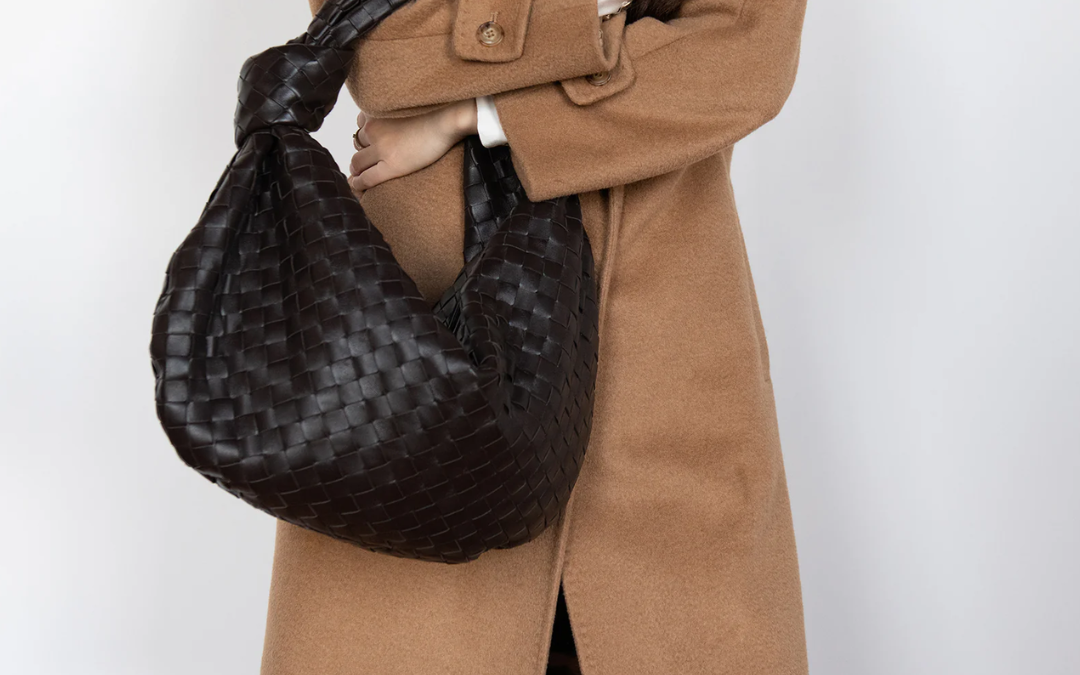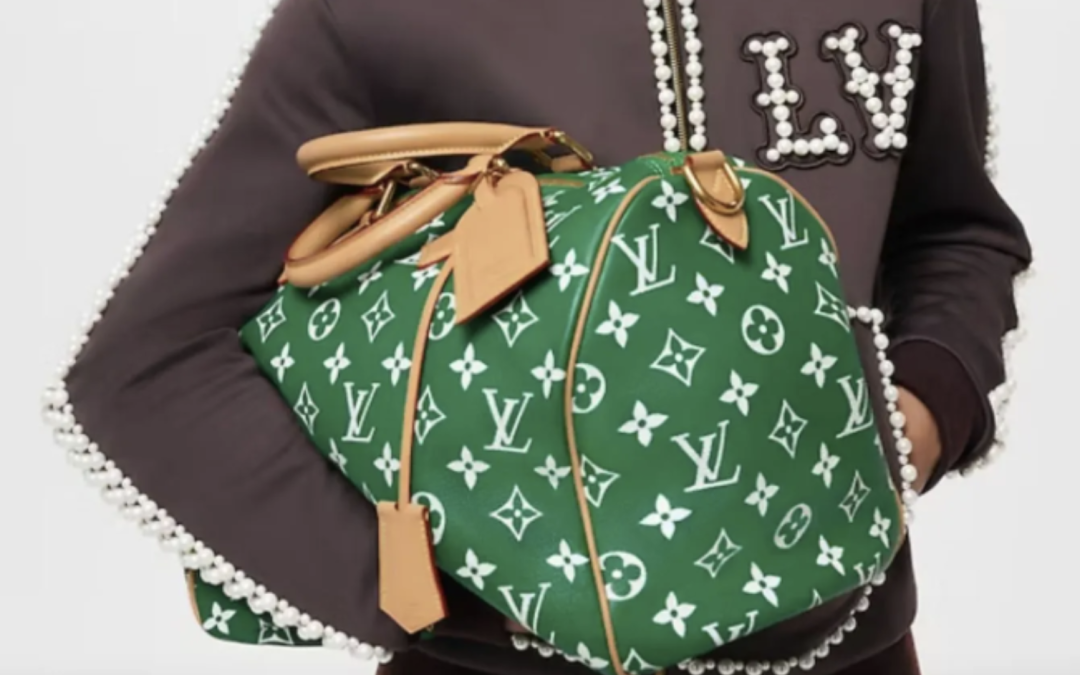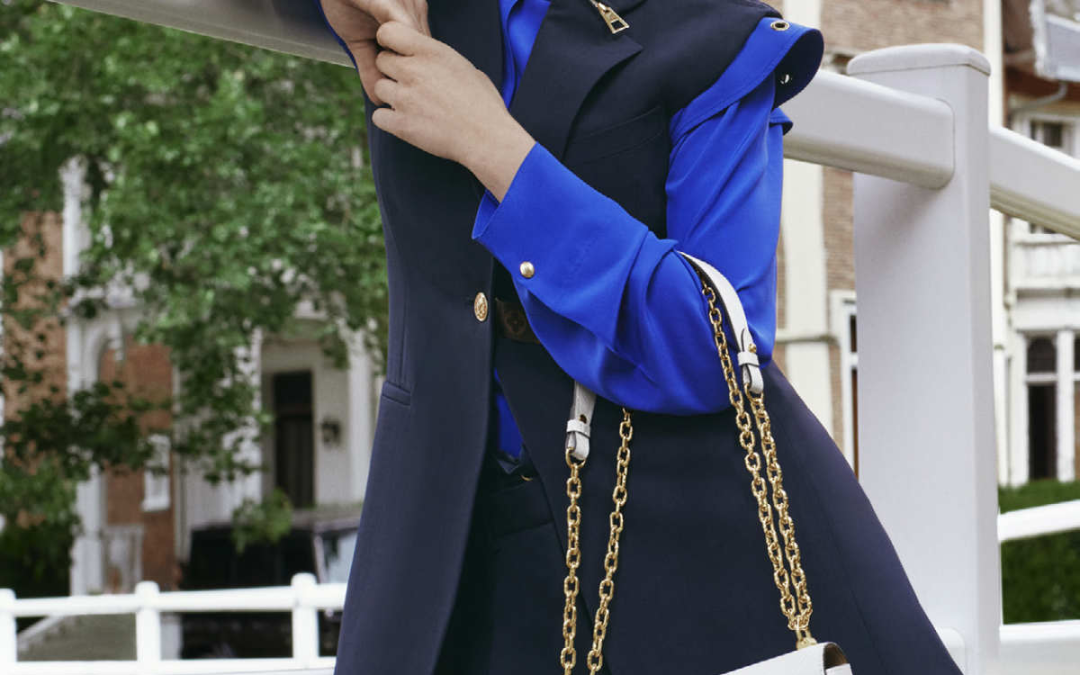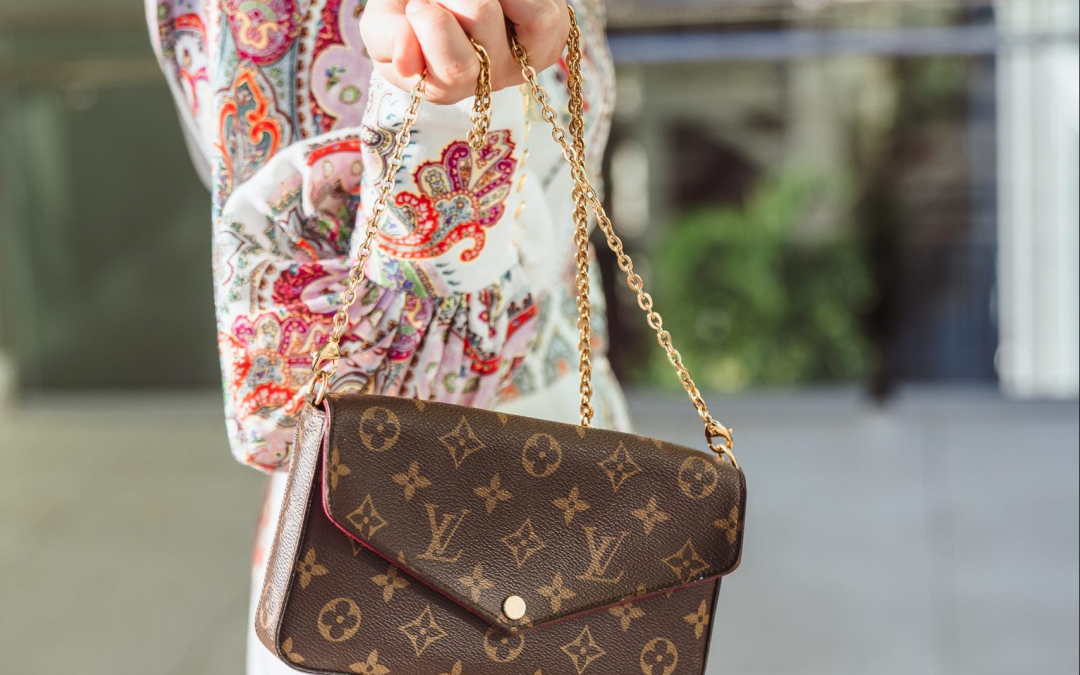
by Thea Elle | Feb 19, 2025 | Luxury Accessories
Style Companion Bottega Veneta—A Hot Commodity on the Street Style Scene and in the Re-Sale Market by Thea Elle | Feb., 20, 2025 | Luxury Accessories In recent years, Bottega Veneta has become synonymous with high-end luxury, combining cutting-edge design with...

by Thea Elle | Feb 19, 2025 | Luxury Accessories, Luxury Industrial Complex
Style Companion The Louis Vuitton Speedy: The Timeless Handbag Every Celebrity Swears By by Thea Elle | Feb., 20, 2025 | Luxury Accessories When it comes to handbags, few can boast the iconic status and timeless appeal of the LOUIS VUITTON SPEEDY. With its roots...

by Thea Elle | Feb 2, 2025 | Luxury Accessories
Style Companion The LOUIS VUITTON Twist Bag: A Timeless Twist on Modern Luxury by Thea Elle | Jan., 28, 2025 | Luxury Accessories In a world where fashion constantly reinvents itself, the LOUIS VUITTON Twist Bag stands as a testament to the brand’s ability to balance...

by Thea Elle | Feb 2, 2025 | Luxury Accessories
Style Companion LV Pochette Félicie: The Wallet That Thinks It’s a Handbag by Thea Elle | Jan., 26, 2025 | Luxury Accessories Not all wallets are created equal—some are destined for greatness. Enter the LOUIS VUITTON Pochette Félicie, a compact yet mighty creation...

by Thea Elle | Jan 25, 2025 | Luxury Accessories
Style Companion LV Escale: Where Iconic Meets Irresistible Vacation Vibes by Thea Elle | Jan., 17, 2025 | Luxury Accessories LOUIS VUITTON is no stranger to reimagining its timeless classics, and the LV Escale Line is proof that even icons deserve a vacation-ready...

by Thea Elle | Jan 13, 2025 | Luxury Accessories
Style Companion The SAINT LAURENT Kaia Bag: The New It-Bag Taking Over Fashion Circles by Thea Elle | Jan., 15, 2025 | Luxury Accessories It’s not often that a bag takes the fashion world by storm quite like the SAINT LAURENT Kaia bag. Designed with inspiration from...







